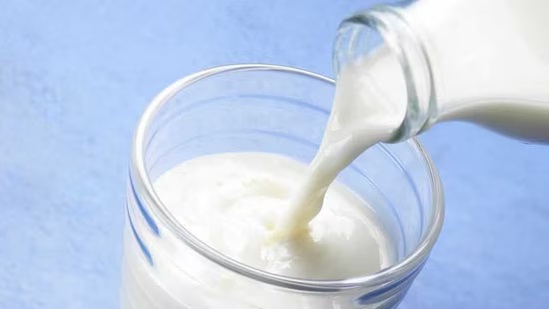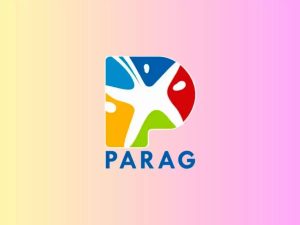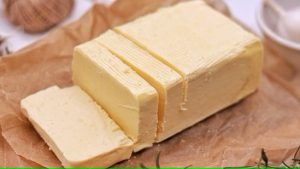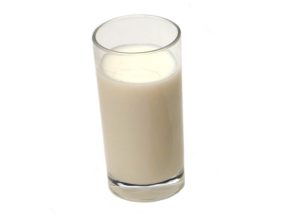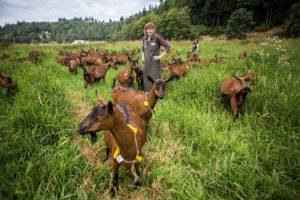FSSAI’s decision is likely due to concerns that it could hurt Indian dairy farmers’ prospects of expanding exports in the global market.
On August 21, the country’s apex food safety regulator — Food Safety and Standards Authority of India (FSSAI) — issued an order prohibiting food businesses to market and sell milk and milk products as A1 and A2 types as these were “misleading claims”, only to abruptly withdraw it five days later on August 26.
Between issuing the order and retracting it, a lot came to light about A1, A2 milk and milk products such as ghee, butter, and curd, and why several dairy businesses were aggressively marketing A2 milk and milk products over A1.
The first order by FSSAI read, “…several food business operators are selling/marketing milk and milk products such as ghee, butter, curd, etc in the name of A1 & A2 under FSSAI licence number and/or registration certificate… A1 and A2 distinction in milk is related to differences in protein structure, specifically beta-casein. Consequently, the FSSAI deems A2 claims on milk fat products as misleading and not in compliance with the Food Safety and Standards Act of 2006 and associated regulations.”
The FSSAI emphasised that current milk standards, as specified in Food Safety and Standards Regulations 2011, do not recognise any differentiation based on A1 and A2 types and, therefore, the claims should be removed.
The updated directive said the advisory was withdrawn with immediate effect to carry out further consultations with relevant stakeholders.
“Clarification regarding selling or marketing of milk and milk products such as ghee, butter, curd etc in the name of A1 & A2 types… This is to inform that the advisory dated 21.08.2024 issued with respect to the subject cited, stands withdrawn for further consultation and engagement with the stakeholders,” it read.
Scientists at the Indian Council of Agricultural Research (ICAR) explain in a paper titled “A1 and A2 milk– What science claims” that cows, buffalo, sheep, camels and goats are the main milk producers globally, with cows being the primary source.
The paper details that milk protein comprises two major classes: casein and whey protein. Beta-casein, a subtype of casein, is particularly significant due to its balanced proportions of essential amino acids.
“The overall protein makeup of milk is 36% α-Casein, 27% β-Casein, 9% κ-casein, whereas other peptides and amino acids comprise about 27% of total milk proteins”, the ICAR paper states.
“So far about 12 genetic variants are known namely A1, A2, A3, B, C, D, E, F, H1, H2, I and G out of which ‘A1’ and ‘A2’ are often found.”
Senior dairy consultant, Rattan Sagar Khanna, explains the reason for FSSAI to react initially. “People probably do not know this, but, in India, no dairy plant tests milk for A1/A2. There is no scientific basis for making any such claims; it’s more hypothetical and that’s why nobody should be allowed to promote milk as A1 or A2. Indian cattle historically only produced A2 milk and the European breeds largely produced A1; A1 seeped into milk in India due to cross-breeding of cattle but that is also in low frequency.”
Regarding A2 ghee, Khanna added, “It cannot be more misleading to market ghee as A2 because ghee does not contain protein; it’s merely milk fat.”
According to people familiar with the matter, FSSAI’s decision is likely driven by concerns raised by people in the dairy business that it could hurt Indian dairy farmers’ prospects of expanding exports in the global market given world over businesses are promoting A2 milk over A1 owing to data suggesting former being superior in terms of health benefits it has to offer.
Certain studies seem to suggest that A2 variant milk consumption is linked to a lower incidence of cardiovascular disease and type-1 diabetes.
According to government data, India is the highest milk producer in the world, contributing 25% of global milk production.
“The latest notification on A2 ghee seemed to be fine but the problem with this directive was that it was issued keeping in mind a handful of culprits who are selling A2 ghee at exorbitant prices. They must be punished but for A2 milk it could be seen as dilution of government initiative of Rashtriya Gokul Mission to premiumise milk of the indigenous cattle,” said Kuldeep Sharma, a senior dairy expert.
“World over businesses have started promoting A2 milk in a big way and the Indian cattle produces A2 milk. India is the biggest milk producer globally, and this directive could have been detrimental to the dreams of nearly 80 million Indian dairy farmers wanting to sell milk in the global market and seek appropriate pricing,” Sharma added.
You can now read the most important #news on #eDairyNews #Whatsapp channels!!!
🇮🇳 eDairy News ÍNDIA: https://whatsapp.com/channel/0029VaPidCcGpLHImBQk6x1F

